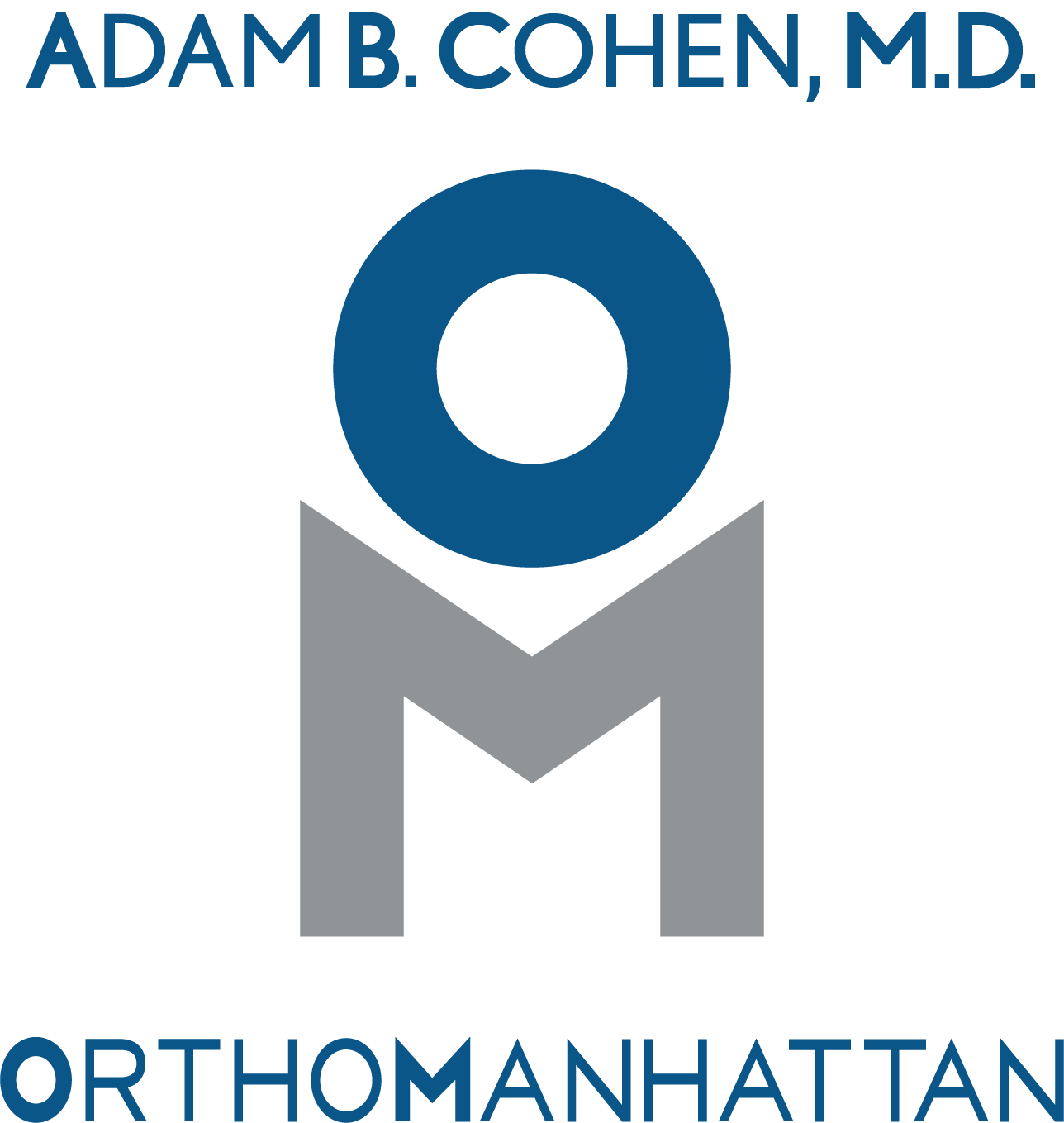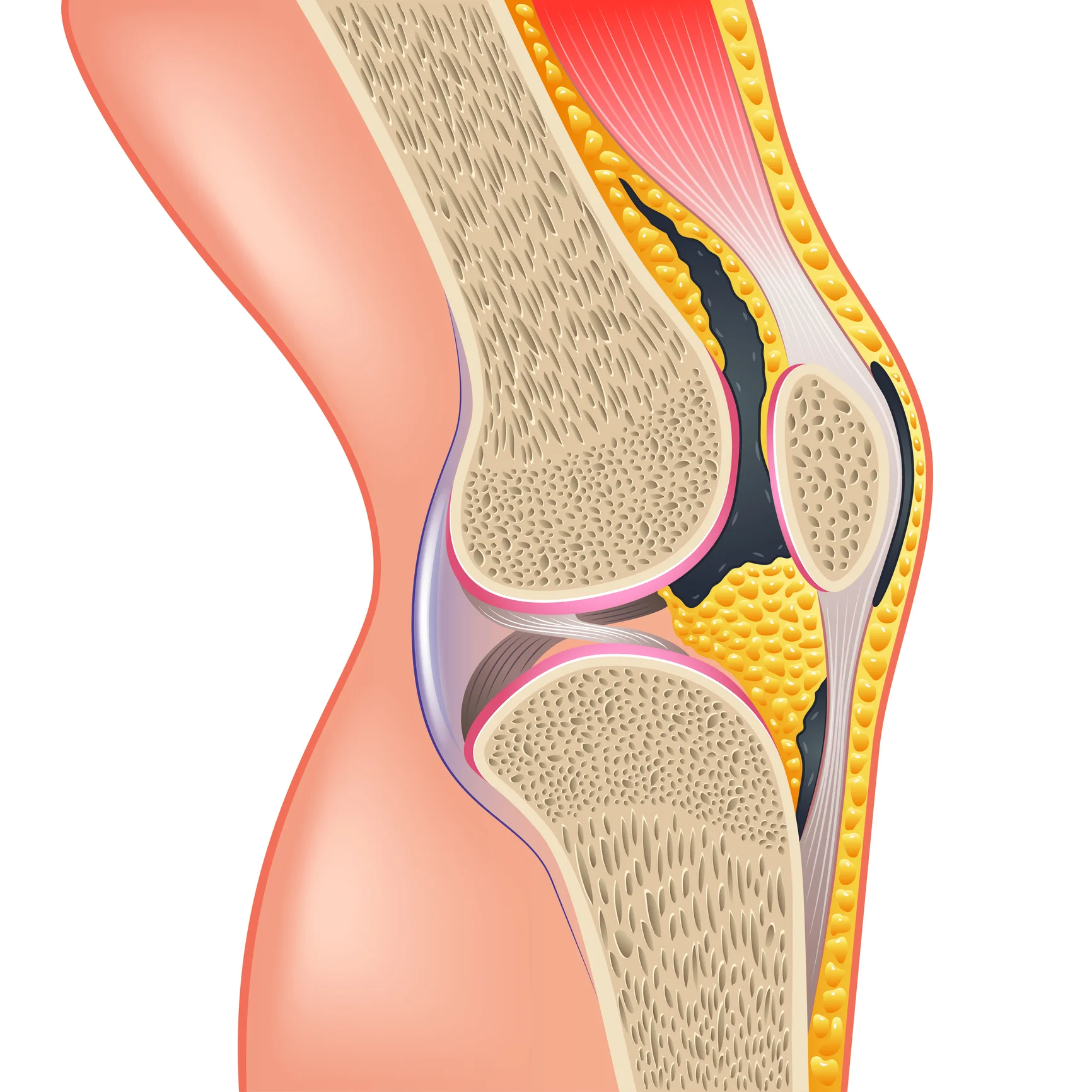Home > Knee Conditions > Patellofemoral Pain
Overview
Patellofemoral Pain (sometimes referred to as chondromalacia patella, runner’s knee, anterior knee pain, or patellofemoral pain syndrome) -- is one of the most common reasons someone seeks treatment from an orthopedist or sports medicine specialist.
First, what is the patellofemoral joint? The knee is primarily made up of three bones - the femur (thigh bone), the tibia (leg bone) and the patella (knee cap). The patella slides in a groove (called the trochlea) at the end of the femur. These two bones together make up the patellofemoral joint.
Activity related pain located in the front of the knee is common and the patellofemoral joint and surrounding soft tissues are often to blame.
Evaluation
Patellofemoral pain is very common in athletes and often develops when there is an increase in activity - for example, when training for a marathon, or in military recruits.
The diagnosis is often established when the following exist: Pain around or behind the patella, which worsens with at least one activity that puts pressure on the kneecap during weight bearing on a bent knee (e.g., squatting, stair climbing, jogging, jumping).
Some will experience a grinding sensation in the front of the knee (termed crepitus) and for some, this pain tends to worsen when getting up from a seated position (called the “movie theater sign”).
X-rays are important part of evaluating patellofemoral pain and MRI may be necessary if symptoms do not improve with conservative measures.
Treatment
The recommended treatment for patellofemoral pain includes an initial period of rest, activity modification, physical therapy, evaluation of shoe wear, consideration of shoe orthoses, patellar taping and slow return to activities.
Physical therapy should include exercises for both the hip and the knee. Patellar taping has been shown to be effective only in conjunction with physical therapy and not in isolation.
Importantly, proper training technique requires rest between workouts. This will help prevent onset and decrease risk of recurrence. Cross-training is also important as it is known that specialization in a single sport is associated with increased risk of patellofemoral pain compared to multi-sport athletes.
Injection therapy with corticosteroids (cortisone) or viscosupplementation have also been used to help some people with patellofemoral pain.
When conservative measures fail, there are certain causes of patellofemoral pain that may benefit from surgery and you should discuss the risks and benefits of these procedures with your surgeon.



